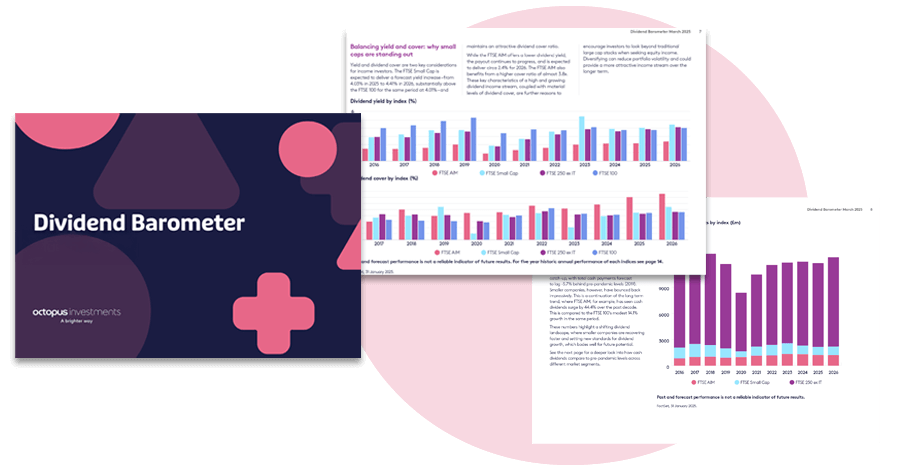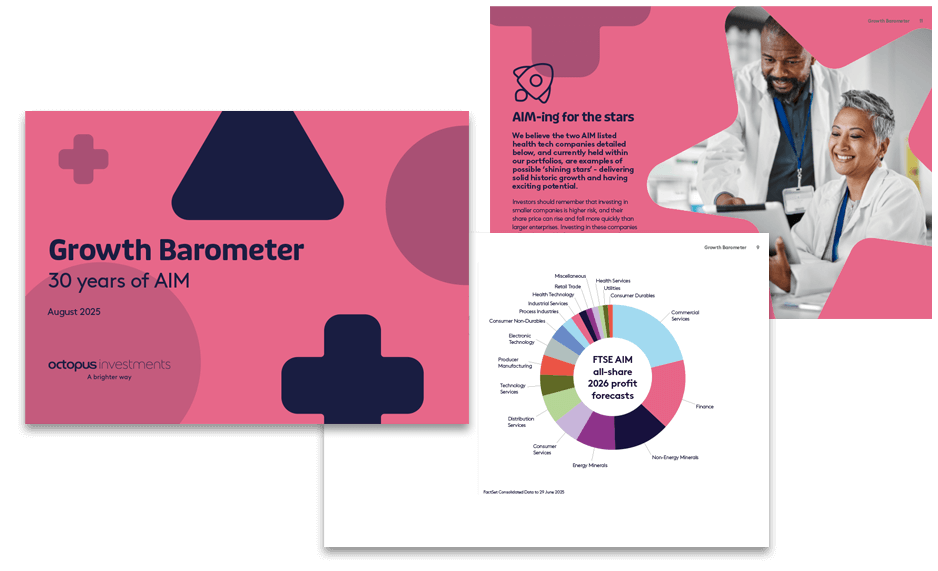Go back to EIS guide
Why invest through EIS?
Why invest in EIS?
There are lots of reasons to invest in an EIS-qualifying company, depending on investors’ personal preferences and needs.
High growth potential
Many companies looking for EIS funding are aiming for significant growth. For investors, it’s an opportunity to share in that success by buying shares in a business that’s at the start of its growth journey.
Reliefs that compensate for some of the risks
EIS offers investors tax reliefs, including loss relief if their investment in a company fails. This is especially valuable for this type of high-risk investment. Remember: tax treatment depends on an investor’s personal circumstances, legislation, and qualifying status.
Investing in the future
EIS-qualifying companies are typically young, innovative companies. These types of companies find new solutions to everyday problems or create something that didn’t exist before.
Diversify investment portfolios
Smaller companies typically follow different investment cycles compared to other parts of the investment market. This means EIS can offer an extra layer of portfolio diversification for investors who are comfortable with the risk of investing in smaller companies.
Complements other long-term investments
EIS shares are long-term investments with a unique set of benefits and risks. That’s why some investors consider them as complementary to their existing investments, like ISAs, VCTs and pension funds.
Remember: EIS is a high-risk investment that’s not a replacement for more mainstream long-term investments like pensions.
Tax planning opportunities
The range of tax reliefs available with EIS offers investors several tax planning possibilities.
Supporting the UK economy
Investing in EIS-qualifying businesses supports growth within the UK. It’s a chance to contribute to the economy and promote the UK’s reputation for innovation. It also helps to fund entrepreneurially-minded businesses – a vital source of job creation and economic productivity.
Remember, investing in EIS is high risk and you may not get back the full amount you invest. View EIS investment risks for full details of the risks involved.





